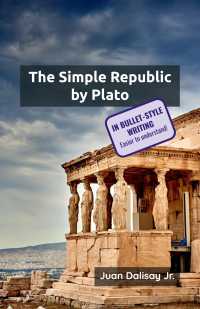The Idea Of Time In Physics
3 minutes • 503 words
Lightning has struck the rails on our railway embankment simultaneously at two places A and B far distant from each other.
- A meteorologist discovered that the lightning must always strike
AandBsimultaneously.
How do we test if the lightning really did strike the two places at the same time? What does “simultaneous” mean?
We test simultaniety by putting an observer in the middle M between A and B.
- He as two mirrors inclined at 90° to let him see both
AandBat the same time - If he sees the two flashes of lightning at the same time, then they are simultaneous [happen at the same time]
*Superphysics Note: Einstein’s logical absurdity, which is the foundation of Relativity, is that if c, then c because c. Einstein thus puts all movement under the rule of c or the dynamics of light. The problem is that the two other layers of spacetime and aether are higher than light!
You object by saying that:
- “time” would only be “simultaniety” if light travels at a constant speed
- but the speed of light is measured by time
You would say this is reasoning in a circle and therefore, simultaniety has absolutely nothing to do with light.
I answer that this simultaneity of time is only used for us to make empirical decisions. Light takes the same time to get fromA to M and B to M. This is has nothing to do with the physical nature of light. It is something that I use to define simultaneity.
![]()
This definition can be used to give an exact meaning to as many events as we want, independently of the positions of the scenes of the events with respect to the body of reference* (here the railway embankment).
*Einstein note: When three events
A,B, andChappen in different places in such a manner that, ifAis simultaneous withB, andBis simultaneous withC, then the criterion for the [light-]simultaneity of the pair of eventsA, Cis also satisfied. This assumption is fulfilled because of the law of the constancy of the speed of light in a vacuum.
This is our defintion of time in physics.
We assume clocks of identical construction are placed at the points A, B and C of the railway line (co-ordinate system).
- The positions of their pointers are simultaneously the same. Under these conditions we understand by the “time” of an event the reading (position of the hands) of that one of these clocks which is in the immediate vicinity (in space) of the event.
In this way, a time-value is associated with every observable event. We assume all these clocks have the same construction as to go at the same rate.
Thus, when 2 clocks arranged at rest in different places of a reference-body are set so that a particular position of the pointers of Clock 1 is [light-]simultaneous with the same position of the pointers of Clock 2, then identical “settings” are always [light-]simultaneous.






